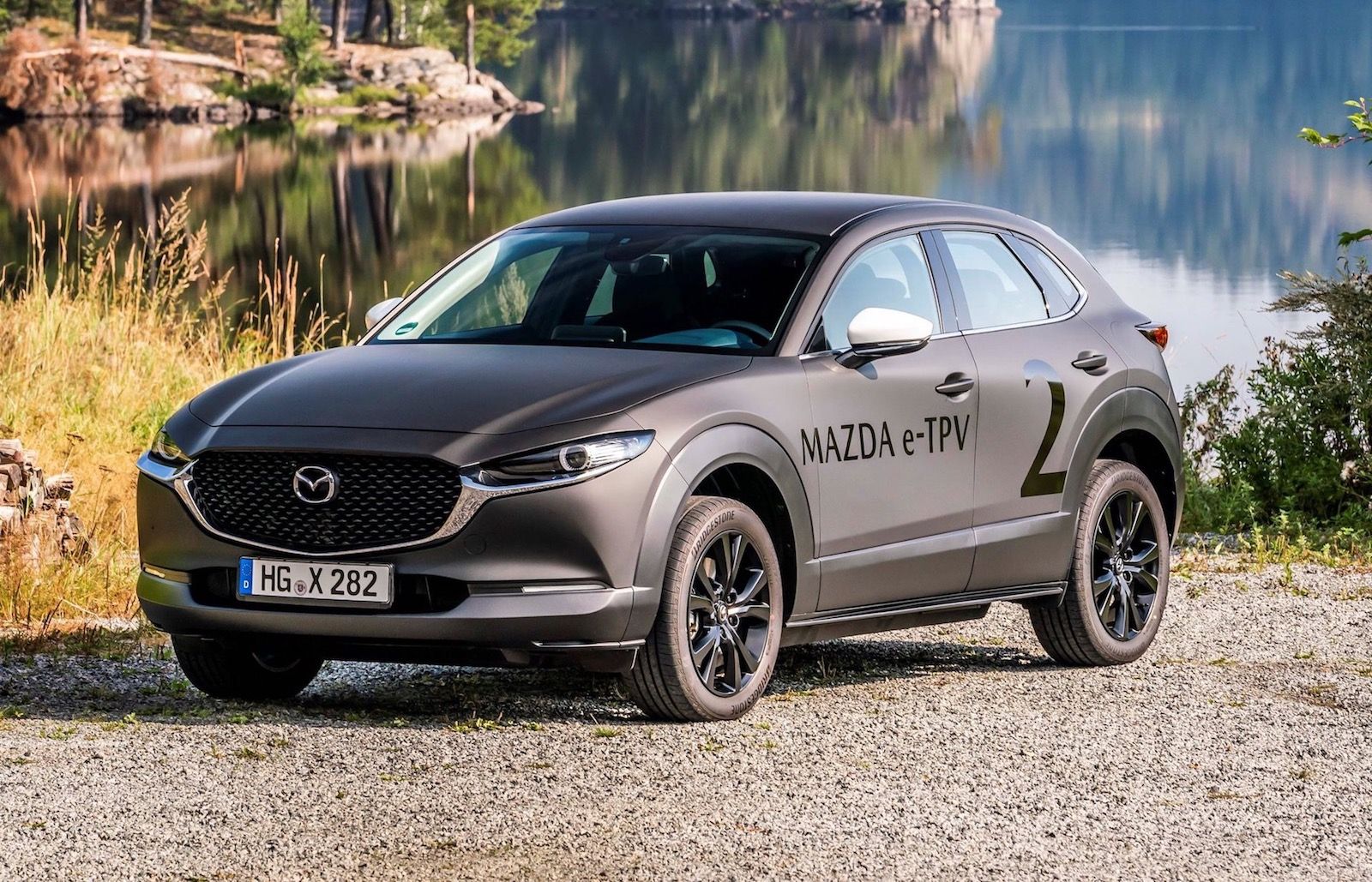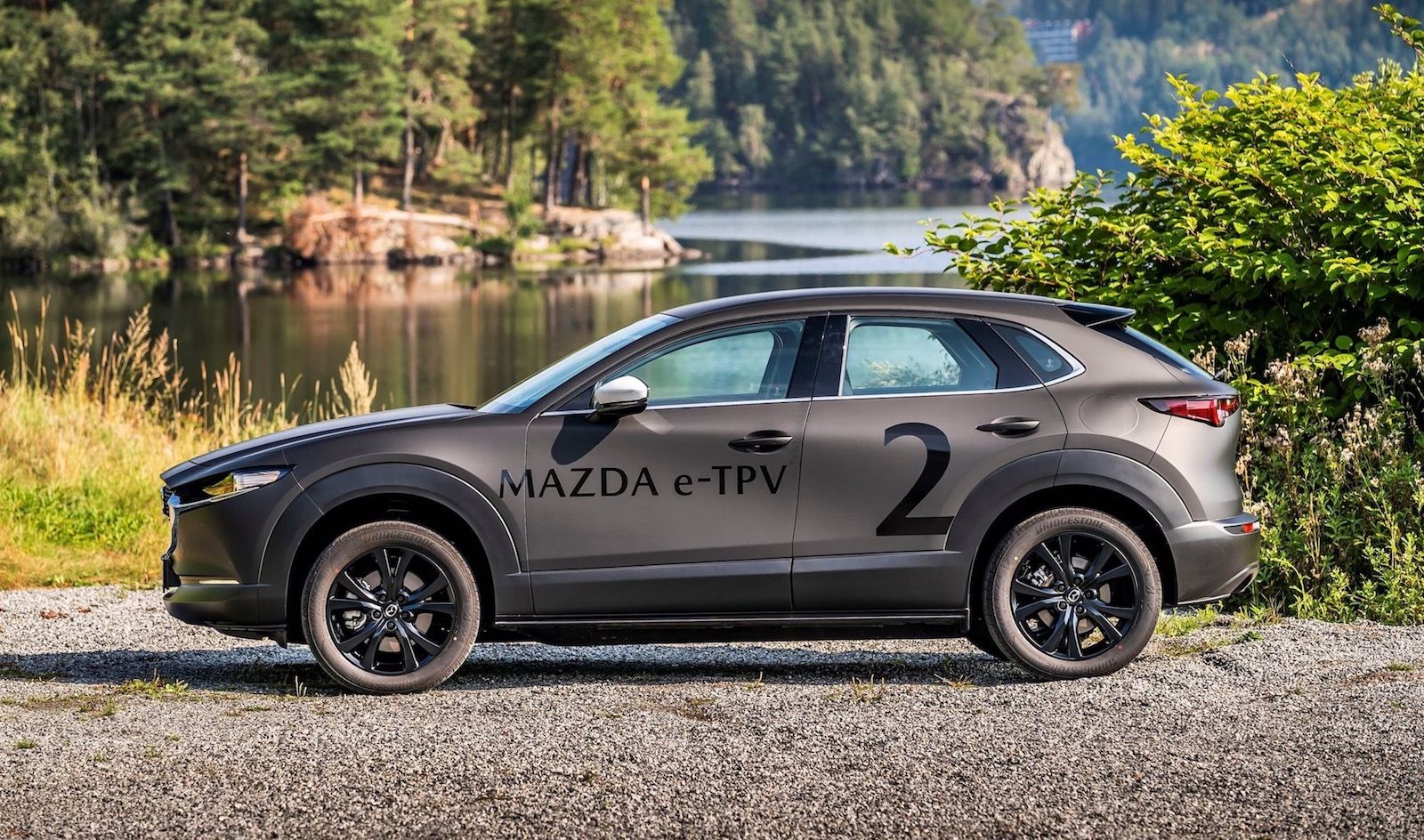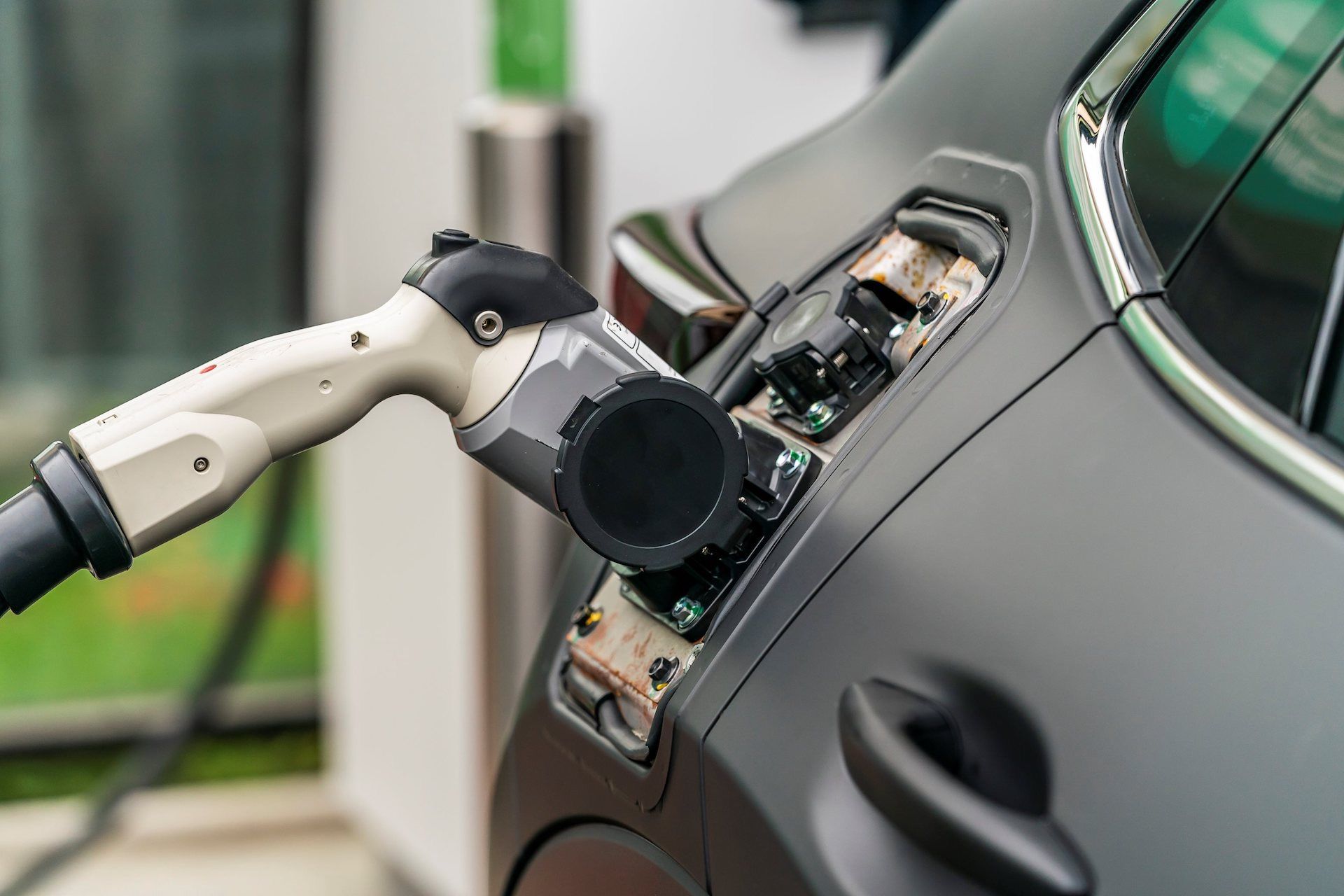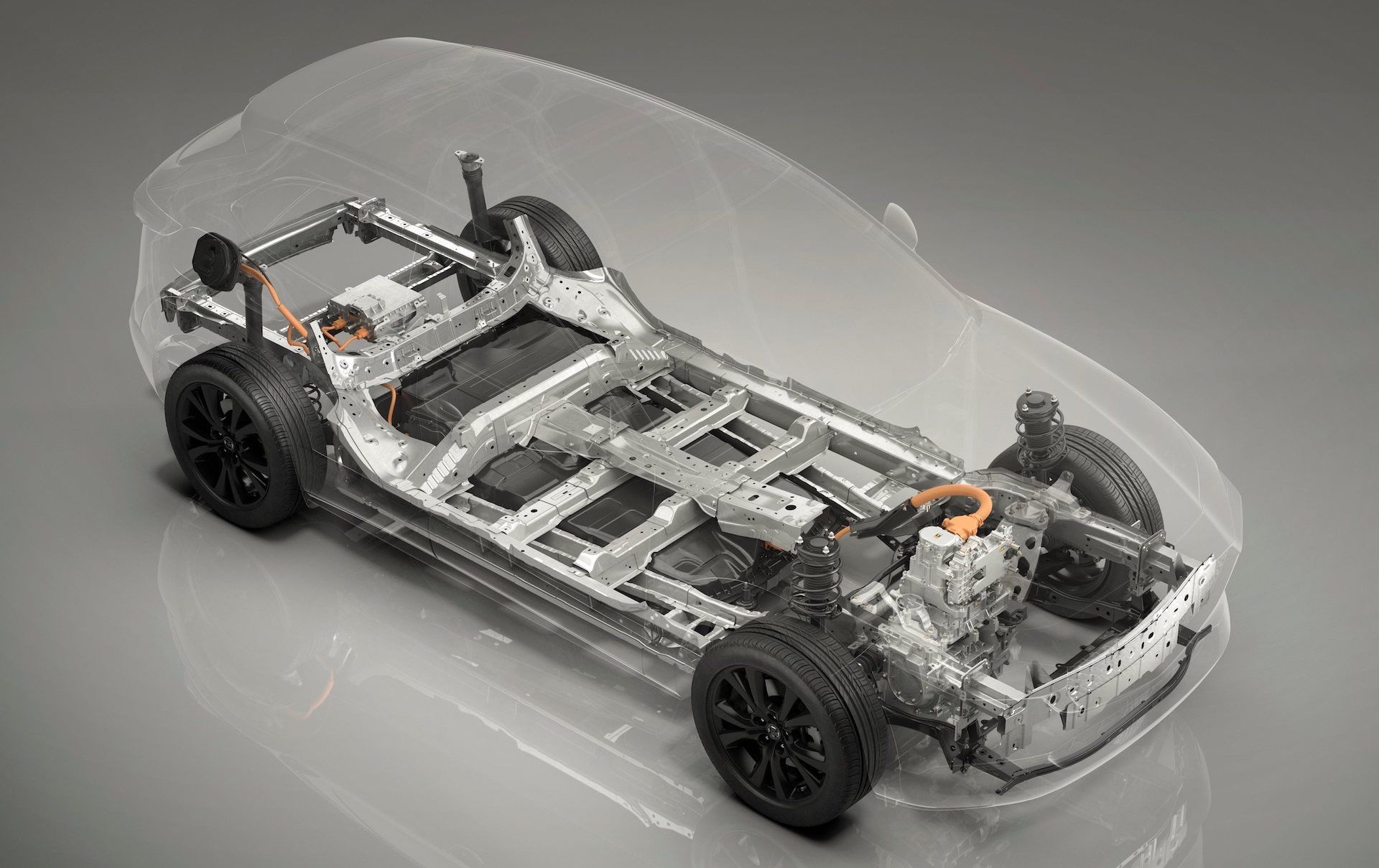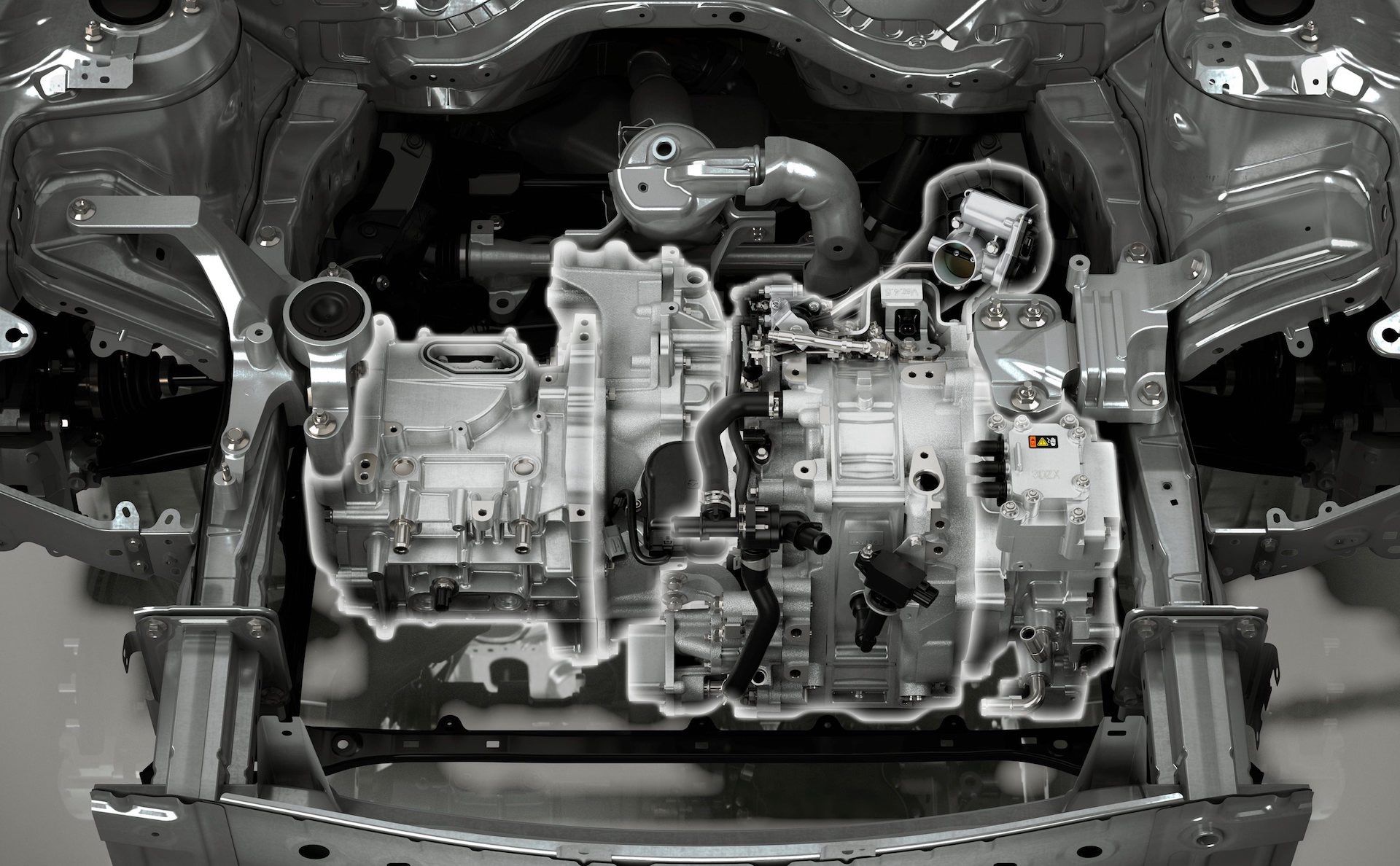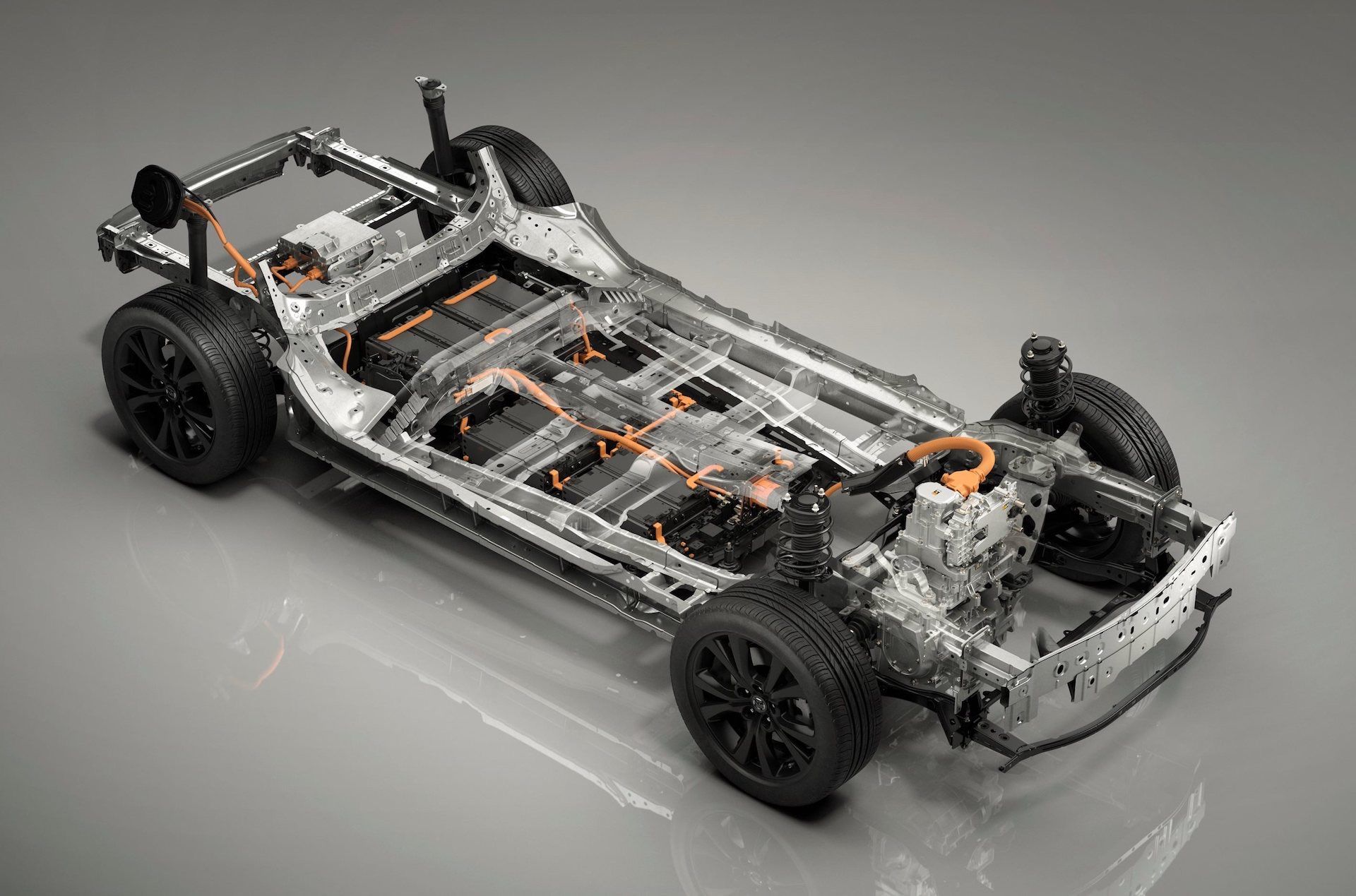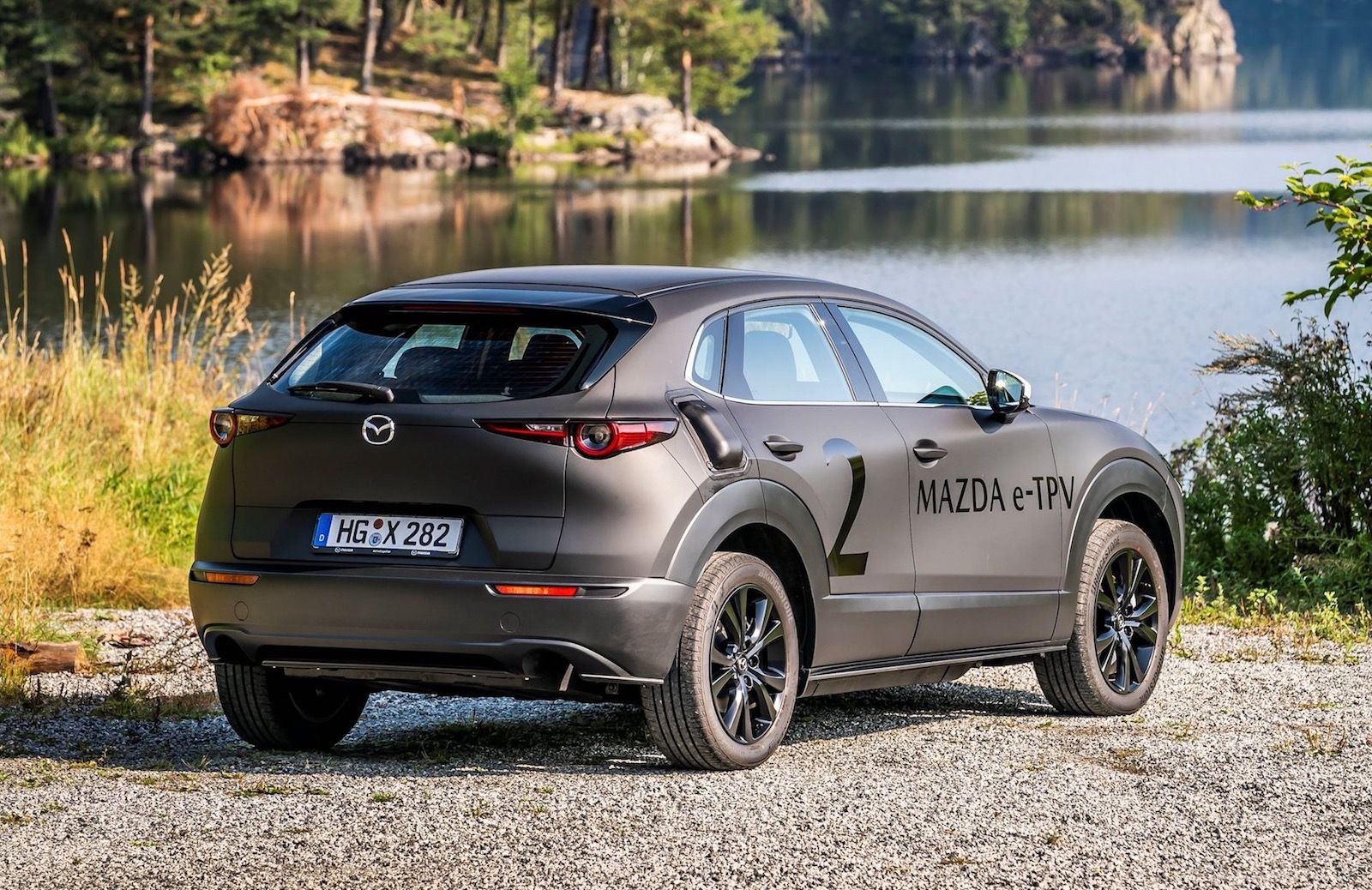It feels like Mazda has been dragging its feet when it comes to entering the electrification market, doesn’t it? I mean, as of now, the company is one of the few stragglers out there that doesn’t have a plug-in hybrid or electric vehicle while the competition is already deep in the field, so to speak. All of that is about to change soon. Mazda is set to bring a new EV to the 2019 Tokyo Motor Show and, to top things off, it’s being boasted as an all-new model that features an all-new platform and design. In other words, it won’t just be a redressed Mazda 3 or Mazda 5 as we see automakers like BMW and Mercedes are doing. But, rumor has it there’s even more icing for this cake – icing that tastes like the Wankel rotary engine of day’s past and, suddenly, we’re excited. Let me tell you more about it.
There’s no denying that the Wankel rotary engine has left its mark on performance history. The late Mazda RX-7, for example, was spritely off the production line but was very tunable. The same could be said for the RX-8 that followed it, although to a lesser degree and far less popularity thanks to that weird, three-door design. Since the RX-8’s demise (and arguable the RX-7’s demise) Mazda has been questioned time and time again about the Wankel engine and if we’ll ever see it again. Well, now we know that we probably will, but it won’t be coming back in another performance coupe with two- or three-doors that goes by the name RX-9.
Unfortunately, it’s become clear that Mazda can’t overcome the emissions problem that plagues the rotary engine. Keep in mind that emissions were a big deal for the rotary back in 2002 when the RX-8 was introduced. So much so that Mazda had to revise the rotary engine just to make the RX-8 suitable for American emissions regulations.
So, what role with the Wankel rotary play going forward? Well, I wouldn’t hold my breath for it to ever power a sports car like it once did – at least not in the traditional term. It will be found hidden away under the metal of the new EV that Mazda is set to introduce at the 2019 Tokyo Motor Show, though. Yes; I said EV. The truth is, ladies and gentleman, that the Wankel engine will probably carry on as a range extender for at least the first-generation of Mazda’s EVs here in North America. I know that’s not what you wanted to hear, but at least it’s being revived in one form or another, and it’s doing a noble duty on top of it. If it wasn’t for the Wankel, Mazda’s first EV probably wouldn’t make it to North America.
Mazda’s First EV Won’t Be Powerful or Have a Big Battery
Remember those random spy shots of a Mazda CX-30 that didn’t make a lot of sense? As it turns out, those CX-30 were actually test mules for Mazda’s new EV architecture and drivetrain. Now, you might expect that Mazda’s first EV would end up being an electric CX-30, but from what we’re told, it will be an all-new model. Maybe these test mules will make it possible for Mazda to easily do a CX-30 PHEV or even an electric CX-30, but Mazda needs to make a good impression here in terms of design. Not just because it needs the attention either but because Mazda’s first EV won’t be a true performer.
Take a look at the Ioniq and the Leaf. The Ioniq and its 28-kWh battery pack deliver just 124 miles of range in the best of conditions. Meanwhile, the Nissan Leaf – when equipped with the 40-kWh battery pack – can deliver 150 miles of range. The writing here is on the wall, folks. Depending on weight and aerodynamics, Mazda’s new EV will be good for somewhere between 120 and 150 miles of range, at best. We’re guessing it’ll be about 135 miles of range on a good day, and that’s why Mazda must include a range extender – hello Wankel, our old friend – because we already know that 130-ish miles of range just isn’t enough here in the United States (or Canada, for that matter.) The Asian market will probably get stuck with a pure EV, but we’ll have the range-extender model which should give the new Mazda EV an advantage over its competition, whatever it will be.
Mazda EV Power Output
Mazda’s first EV is being built and designed, from the ground up, in-house, will little help from the outside world. That means that Mazda has probably prepared the architecture to be used or adapted to other models. We still don’t know what form this new EV will take as it could be derived from the RX-Vision Concept, the Vision Coupe Concept, or the Kai Concept. We’re guessing it’ll be the Vision Coupe Concept, though, as Mazda will reserve the RX designation for a performance car of sorts – it’s to synonymous with performance to be used on a low-performing EV and certainly not the first EV. Mazda could go with a smaller SUV – that would play in hand with the CX-30 test mules, but don’t expect it to share much with the CX-30. As I said before, Mazda needs to wow us with something pretty and, while the CX-30 isn’t a bad looker, Mazda is said to be doing something all-new so the similarities, even if it is a small SUV, will be minimal at best.
There’s no word on what size the range extender will be, but it will be small and just enough to keep the battery charged when running.
The Wankel Rotary in the Mazda RX-7 and Mazda RX-8
I know you love the old-school Wankel rotary engine, so I decided to include a few bits of information to appease the enthusiast in you. When the FD generation of the RX-7 was introduced, the Wankel engine under the hood was good for, depending on the market, anywhere between 252 horsepower and 217 pound-feet of torque or 236 horsepower in Euro-spec form. That was Series 6, which ran from 1992-1995. In 1998, the Series 8 was introduced (yes, I skipped over series 7 because it wasn’t that important) and you could have anywhere between 252 horsepower and 217 pound-feet of torque or as much as 276 horsepower and 231 pound-feet of torque (again, depending on market and trim level.) All of this came from a car that weighed between 2,800 and 2,900 pounds depending on configuration. It was quite amazing at the time.
The Mazda RX-8 was introduced for the 2002 model year but lasted just 6 years on the market, meeting its demise in 2008. That model was offered in a number of configurations that varied between 189 horsepower and 232 horsepower, again, depending on the market and trim level.
|
Mazda RX-7 |
276 |
231 |
|---|---|---|
|
Mazda RX-8 |
232 |
155 |
Final Thoughts
I have to admit that I’m glad to see that the Wankel Rotary is coming back, however, it would have been amazing for us to have access to a new rotary-powered RX car, as we’ve called it, the RX-9. Unfortunately, the world has conspired against us, and it’s time we accept that there will never be another car powered by nothing more than a gasoline-drinking Wankel engine. At least the engine and its unique design will live on as a range extender. It feels like a sad retirement for such an iconic design, but at least it’s not being lost to history quite yet. Long live the Wankel rotary engine!!!
Further reading
Read our full review on the 2001 Mazda RX-7.
Read our full review on the 2011 Mazda RX-8.

